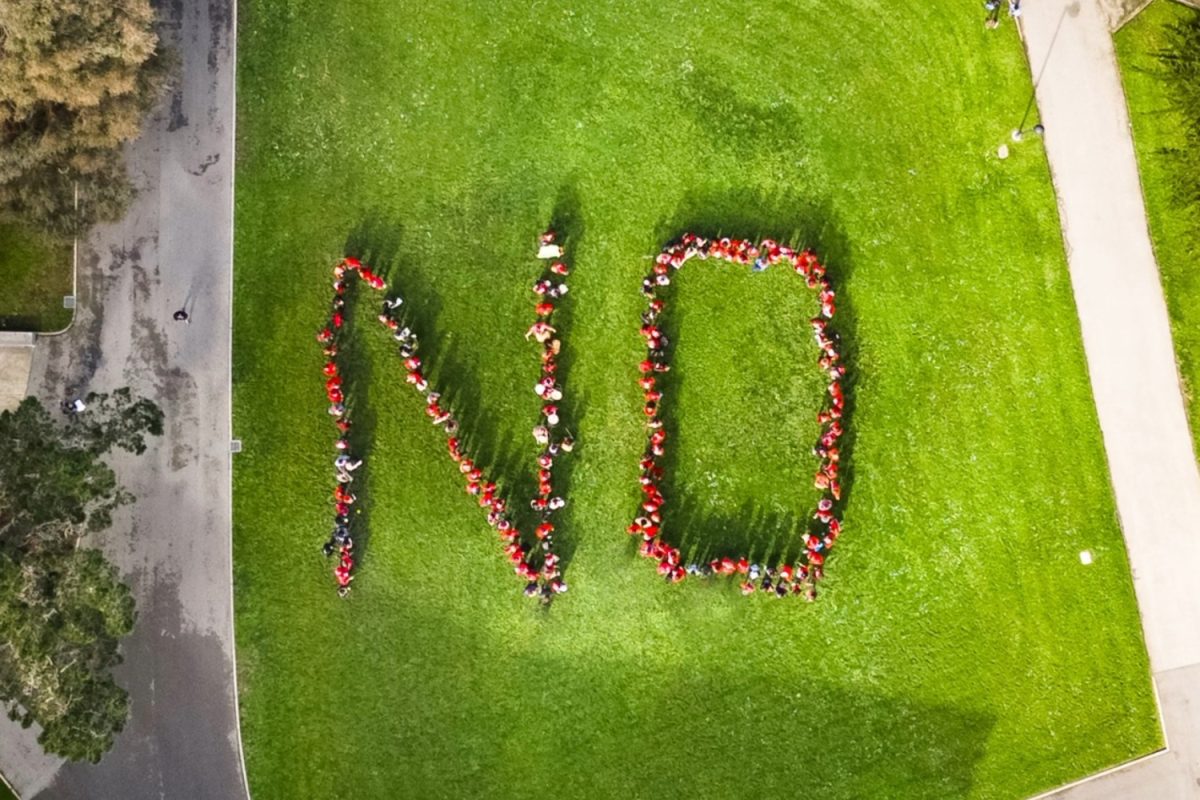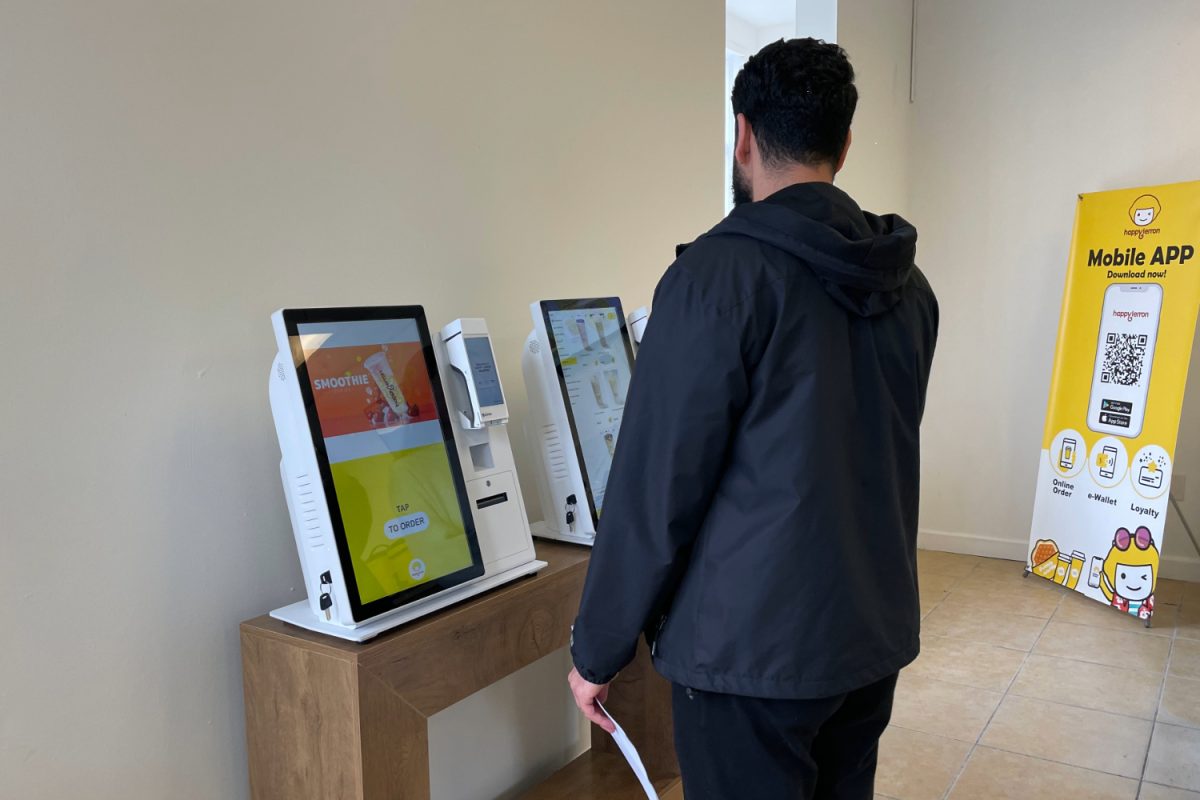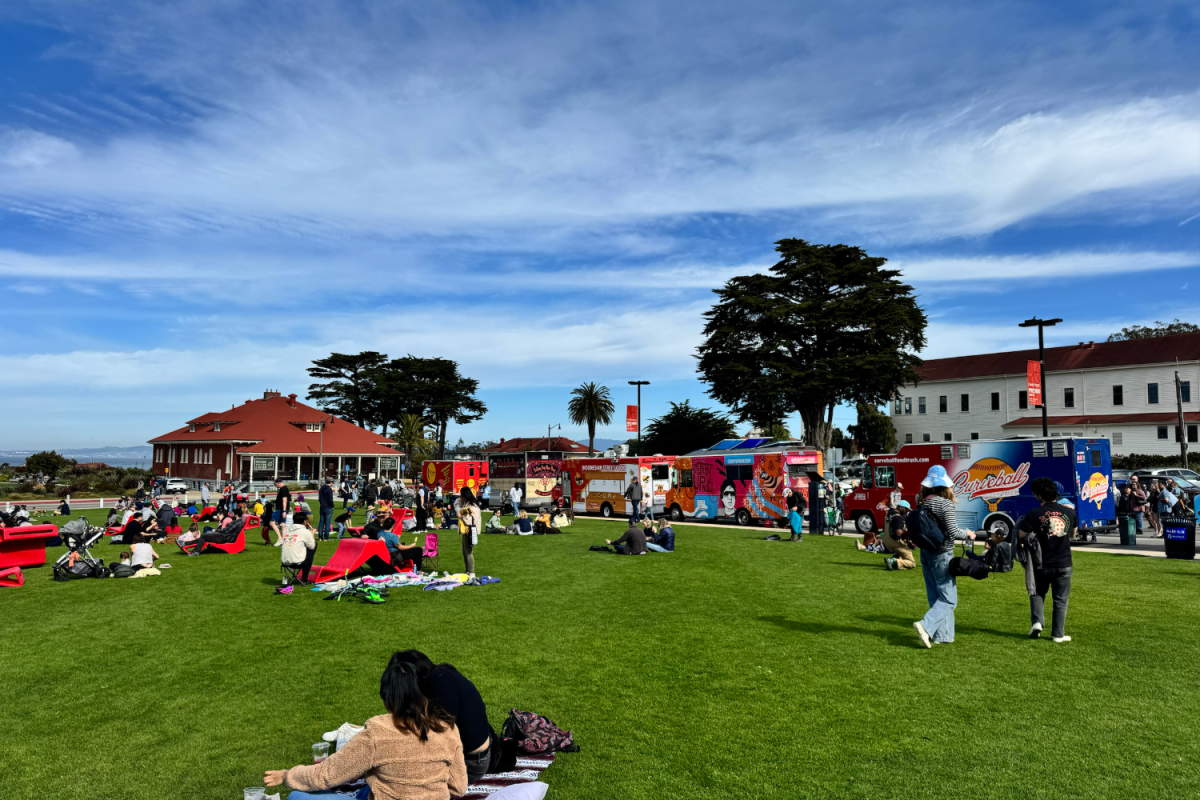California State University’s (CSU) first systemwide strike has ended, with the chancellor’s office agreeing to some faculty demands in a tentative deal.
The strike, intended to span the week of Jan. 22, included all 23 CSU campuses and ended after only one day of striking. The California Faculty Association (CFA) considers the tentative deal incredibly important. For years, the CFA has had over 29,000 union members fighting for better pay, teaching conditions, and employee benefits.
“This tentative agreement makes major gains for all faculty at the CSU,” said CFA President Charles Toombs in a CFA press release statement.
Many faculty members felt mistreated during their CSU careers, which prompted the statewide call to action. The strike has been compared to the University of California strike in 2022. Faculty members staged their walkout on Jan. 23, the first day of the new semester, at nearly every school in the CSU system.
“We will not tolerate disrespect for the people who make the CSU work,” said CFA Board Member and California State University, Monterey Bay (CSUMB) professor Meghan O’Donnell in an interview with EdSource. “The CSU runs on union labor, and they need the dedicated employees and students for the system to function.”
The walkout impeded both administration and students alike. Gillian Adrouny, a student at the California Polytechnic State University, San Luis Obispo, felt the strike’s effects immediately.
“The administration pushed all classes to the following week,” Adrouny said. “Everyone was confused and didn’t know what was going on. Many people went home.”
Numerous students supported the faculty’s decision to strike, and some even picketed alongside faculty or joined their efforts.
“At the end of the day, I pay a lot of money to attend school,” Adrouny said. “The college is making so much money, and the only people getting the money are people higher up in the system and not the people teaching us and helping us get a degree.”
The union demanded a 12% increase in pay from the chancellor’s office. The chancellor’s office considered this an unreasonable demand, citing California Gov. Gavin Newsom’s decision to delay $240 million of CSU general funding to 2025. In past negotiation attempts, CSU officials had offered up to a 5% increase for faculty. The faculty settled for the 5% increase in the current tentative agreement (TA).
“I’ll take the 5%, but we are going to strike for the rest,” O’Donnell said in a statement to the Monterey Herald.
Other benefits included in the deal were a 10-week parental leave allowance, up from the previous six weeks, better access to gender-inclusive restrooms, and spaces appropriate for breastfeeding.
While some consider the tentative agreement to be a huge win, others are criticizing the compromised nature of the deal. Many felt that the proposed parental leave, counseling resources, and salary did not meet faculty demands, considering California’s high cost of living. Several smaller CFA chapters are springing up within universities, calling for people to oppose the Tentative Agreement.
“My first impression of the tentative agreement is that it was a bad deal, and our union could have gotten way more out of management,” said San Jose State University (SJSU) professor Sang Hea Kil. “This is basically a pay cut because it does not keep up with inflation.”
Kil is a member of SJSU’s CFA chapter urging people to oppose the tentative agreement and demand a better deal when the opportunity arises.
“Faculty who are opposed to this tentative agreement are organizing a ‘Vote No’ campaign now,” Kil said. “We are using social media, having emergency meetings, and talking to fellow faculty about voting no on the TA.”
The tentative agreement is a historic moment for California education. It ended California’s largest systemwide education strike with remarkable speed.
“I thought the strike was for a very good reason,” Adrouny said. “But the admin caved by the end of the first day, and the teachers still did not get about half of their demands met.”












